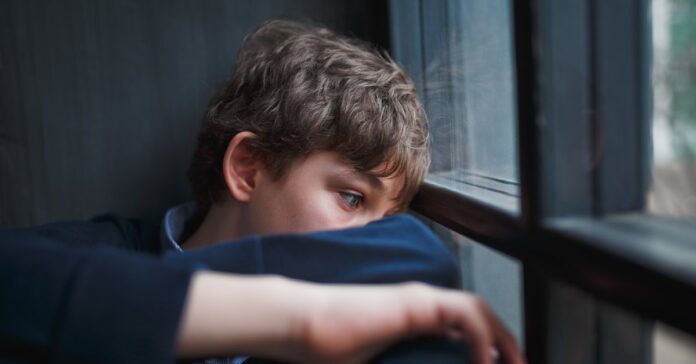For most people, going to the toilet is a very private matter and rather shameful. We often want to be alone and undisturbed. I know many parents who say that they don’t like going to the toilet with their children and I understand that too. But especially when your toddler needs to get dry, not closing the doors as soon as you go to the bathroom helps with toilet training.
First of all, every child has their own pace and there is no fixed age at which it “must” dry up. There is no award for parents whose two-year-old is already diaper-free, nor does anyone “judge” you because your four-year-old always poops in a diaper. Soreness is not a sign of intelligence, and you should never scold or scold your child for refusing to go to the toilet or potty. But what we as parents can do is set an example and show going to the toilet as something natural right from the start.
#1 Don’t build shame with toilet training
Pediatricians and psychologists emphasize that it is important for young children to learn from their parents, especially all things physical. Your children watch you closely when it comes to personal hygiene and not only learn how hygiene and care work. They develop an understanding of bodily functions and also learn which steps are part of normal everyday life: Mom or Dad goes to the toilet to pee and poop, then they clean themselves, rinse and wash their hands.
If the child is allowed to be present during these processes or at least can see what you are doing, it will take it as completely normal. If you behave openly, the child will not feel ashamed either. However, if you make going to the toilet a secret and you don’t want your son or daughter to look at it, then questions will arise and you unconsciously build up a shame about the subject that shouldn’t be shameful.
#2 Open toilet doors and pee together
Of course, parents just want to be alone, especially when it comes to certain big deals. You can then communicate that to the child. In general, however, it helps if your bathroom doors are open and your baby and toddler are there from the start when you go to the toilet. This can increase interest in this process, but at least it will normalize going to the toilet and the child will then know what to do in the toilet.
As soon as you feel your child is showing more interest, you could put a potty in the bathroom and show that you can pee on it. Other children, on the other hand, like going to the big toilet themselves with a climbing aid or with a children’s toilet seat. What you use when “potty training” is very individual.
#3 There is no guaranteed method of toilet training
There are various experts who claim that this or that method of potty training works. I personally don’t think much of it. If you talk to many parents, even within a family with multiple children, the point at which children become sober will vary wildly. The so-called methods of how it worked are just as different. Force is not guaranteed to get your toddler interested in the toilet. And even if you follow all my tips above, there is no guarantee that your child will also dry out faster. It’s just that it’s positive for your offspring’s healthy body feeling if you openly show what concerns physical hygiene and care and don’t make the toilet a taboo with closed doors.
Of course there will be an age when the child wants to pee and poop on their own. This is different for every child. Some want you to be there, others want you to go out, and then call out when they’re done. You will notice what is right and important for your child.
#4 Be open about it and stay relaxed
In any case, it never hurts to address the issue of the toilet aisle and talk about it. There is no point in getting angry at the child because they are still in diapers and other children they are friends with are not. However, if your child also verbally refuses to use the toilet, you can ask why it is or whether it has certain negative feelings about the topic, whether there are any questions or even fears and insecurities.
Sometimes it may also have completely different psychological or physical motives that make it difficult for it to overcome itself to go to the toilet or the potty. I would like to tell you what other parents of many children have told me: “Remain relaxed because every child has become dry at some point.”
You get into conversation pretty well about books. Take a book with you into the bathroom that deals with it and playfully approach the whole toilet training:
Child development is one of the most fascinating topics. Did you know how children actually learn things?
Image Credit: Getty Images/Ryan McVay
Well, did you like “Without diapers: 4 tips for getting dry without stress”, did you find it helpful, and made you laugh or cry? Then give us a like or share the article with other nice people. We really appreciate your feedback – and even more so if you follow us on Pinterest, Facebook, Instagram, Flipboard, and Google News.






































